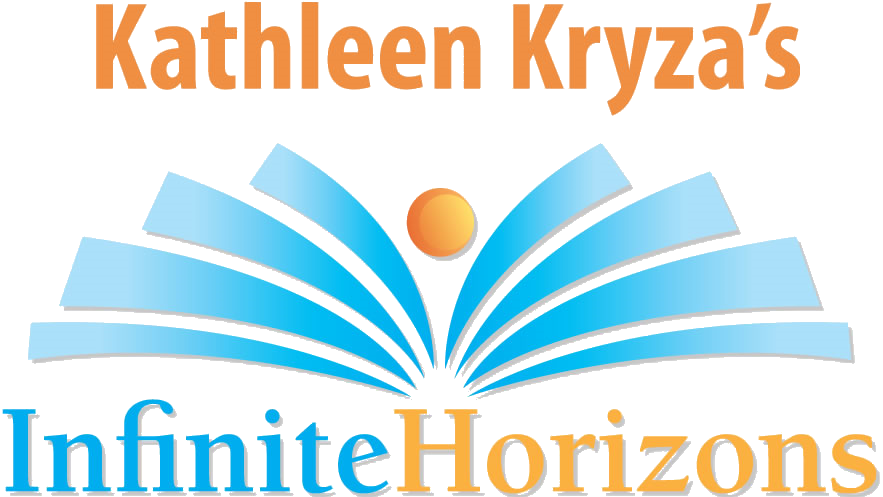“We must constantly remind ourselves that the ultimate purpose of evaluation is to have students become self- evaluating. If students graduate from our schools still dependent upon others to tell them when they are adequate, then we’ve missed the whole point of what education is about.”
As the fabulous teachers that you are, you already CHUNK your lessons into bite size pieces. You allow the students time to CHEW the material in order to deepen their understanding. You, of course, CHECK for understanding as well. Did you know, however, that if we are going to empower students they need to be able to CHECK themselves, too? Along with self-evaluating for comprehension of the topics taught, students can self-assess where they are stuck in the learning progress, their mindsets, effort, and behavior. In fact, incorporating student self CHECK into our lessons is essential in order to DEVELOP successful life-long learners.
In 2000, cognitive scientists and cognitive psychologists combined their knowledge in a book titled, “How People Learn” (National Research Council 2000.)
A key finding in their research is that “a metacognitive approach to instruction can help students learn to take control of their own learning by defining learning goals and monitoring their progress in achieving them.” The implication of this research is that “the teaching of metacognitive skills should be consciously integrated into the curricula across disciplines and age levels. That means all of us need to do our part in teaching students to self reflect. I suggest that all teachers read the chapter on metacogition in this book, which you can read on line at: http://www.nap.edu/openbook.php?isbn=0309070368
Perhaps you are able to define metacognition as “thinking about thinking”, but ask yourself how often you consciously integrate teaching students to be metacognitive into your teaching practice. Students need to see self reflection modeled repeatedly, and they need structured practice in order to become proficient self-assessors.
When teaching students to self-assess, it is important to be targeted and transparent about the type of self-assessment they are to complete. Students need to know what criteria they are expected to use to assess themselves. When possible, they should help come up with the criteria for self-assessing. For example, when a math teacher I was working with asked for help in getting an unmotivated group of students to self check their work habits in math, we spent time having the group brainstorm the common characteristics of a good math learner. We charted then categorized all the students’ ideas and then picked the top categories and turned them into a rubric that the students assessed themselves on weekly. The ownership they had in establishing the criteria made for even greater the buy-in from the students.
Practice makes perfect AND PERMANENT! Allow students ample opportunities to self-assess throughout and at the end of units. As with any other skill, it takes consistent work to become masterfully metacognitive. As students improve their ability to reflect on their learning, effort, mindset, and behavior, they will develop an internal locus of control that will empower them to OWN this process and take their learning to new heights.
Visit our website by clicking the blue box below to find additional free resources or click on the item below for examples to help you integrate self-assessment CHECKS into your daily lessons.
- Geometry Study Plan
- Self-Assessment: Own It
- Effort Rubric
- Weekly Self-Assessment
